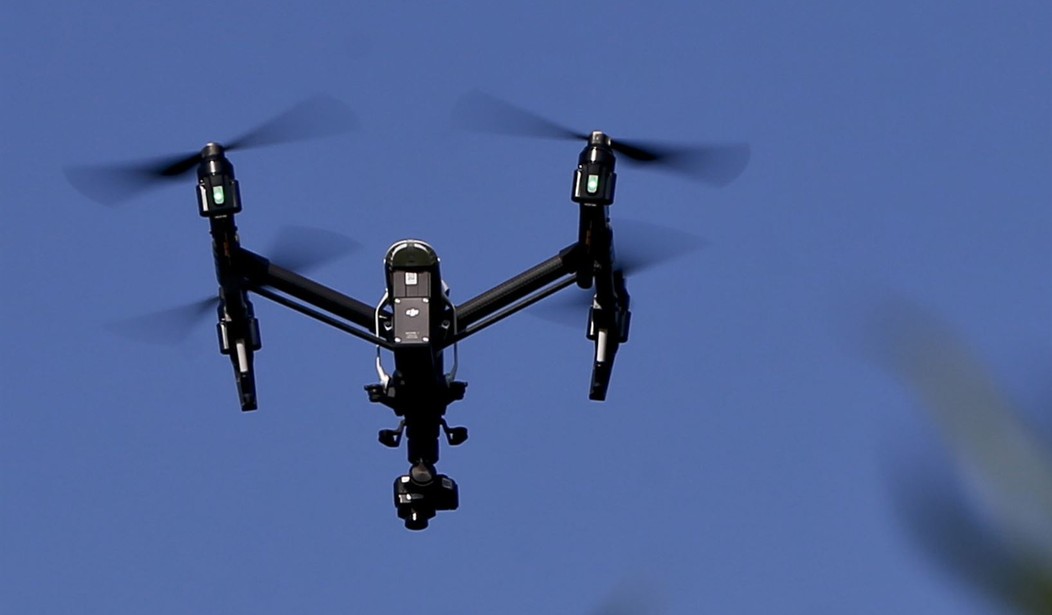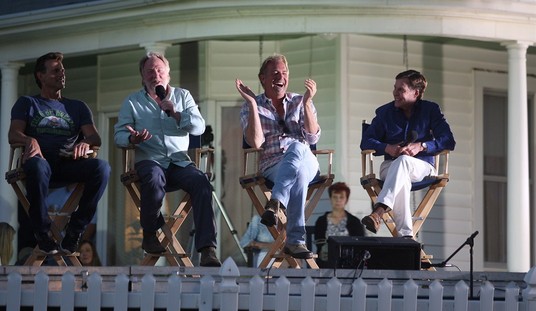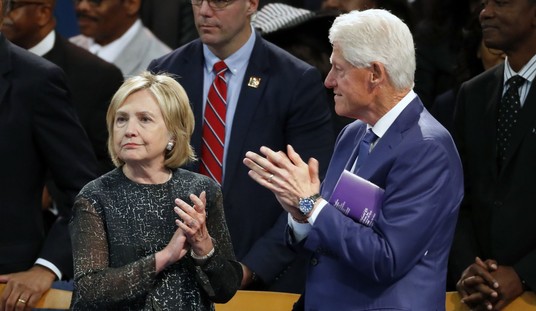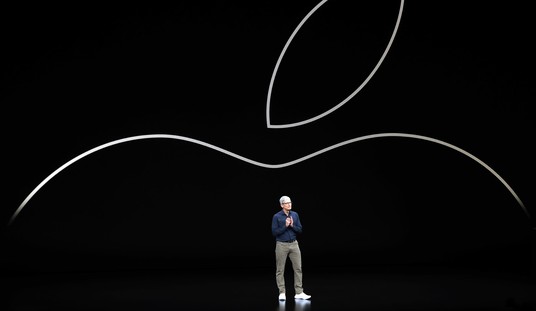Last December, a fleet of a dozen or more drones flew over Langley Air Force Base and Hampton Roads Naval Base in Virginia. For 17 days the drones penetrated U.S. air space with impunity. At times, they apparently dropped smaller drones that would fly slower and occasionally hover. The military also believes that some of the drones might have landed in a public park.
The military is prevented by law from shooting them down. They considered jamming their communications but felt that might pose a danger to commercial aircraft.
So for 17 days, starting shortly after sunset, the drones carried out whatever tasks were assigned to them. The Pentagon still doesn't know who they belonged to or what their mission was.
The local police tried to be helpful. Hampton, VA police chased the drones on foot and by patrol car. One of the droners was seen landing near Gosnold's Hope Park. Three other drones were also believed to have landed there.
Retired General Mark Kelley asked what the military would do “if this happens over the National Mall?”
Was it an operation by a hostile power to test U.S. responses? Was it a bunch of kids pranking the most powerful military in the world? Was it both?
U.S. officials didn’t believe hobbyists were flying the drones, given the complexity of the operation. The drones flew in a pattern: one or two fixed-wing drones positioned more than 100 feet in the air and smaller quadcopters, the size of 20-pound commercial drones, often below and flying slower. Occasionally, they hovered.
They came from the north around 6 p.m. to traverse the base, which sits on a peninsula at the mouth of Chesapeake Bay, and continued south, beyond the reach of radar. They repeated the pattern and then disappeared, typically by midnight.
Homeland Security Advisor Elizabeth Sherwood-Randall convened the White House brainstorming sessions. One official suggested using electronic signals to jam the drones’ navigation systems. Others cautioned that it might disrupt local 911 emergency systems and Wi-Fi networks.
A possible break in the case occurred in January when a student from the University of Minnesota, Fengyun Shi, was parked outside a shipyard where nuclear submarines were being built as well as the Navy’s newest generation of the Ford Class aircraft carrier.
The student asked for help from nearby residents because his drone had gotten stuck in a tree. One resident called the cops who wanted to know why Shi was flying his drone in such nasty weather. They suggested he call the fire department.
Instead, Shi took an Amtrak to Washington, D.C., and then flew on to Oakland.
Meanwhile, his drone fell from the tree where it was stuck. That's when federal investigators got a hold of it and discovered what the drone had been doing. Shi had "photographed Navy vessels in dry dock, including shots taken around midnight. Some were under construction at the nearby shipyard," reported the Journal.
On Jan. 18, federal agents arrested Shi as he was about to board a flight to China on a one-way ticket. Shi told FBI agents he was a ship enthusiast and hadn’t realized his drone crossed into restricted airspace. Investigators weren’t convinced but found no evidence linking him to the Chinese government. They learned he had bought the drone on sale at a Costco in San Francisco the day before he traveled to Norfolk.
U.S. prosecutors charged Shi with unlawfully taking photos of classified naval installations, the first case involving a drone under a provision of U.S. espionage law. The 26-year-old Chinese national pleaded guilty and appeared in federal court in Norfolk on Oct. 2 for sentencing.
Magistrate Judge Lawrence Leonard said he didn’t believe Shi’s story—that he had been on vacation and was flying drones in the middle of the night for fun. “There’s significant holes,” the judge said in court.
“If he was a foreign agent, he would be the worst spy ever known,” said Shi’s attorney, Shaoming Cheng. That's not a defense. Foreign governments use amateurs all the time to get information.
However, in this case, the U.S. government could find no connection to the Communist Chinese government in Shi's background. This brought the investigation back to square one where it apparently stands today.
“This isn’t a tomorrow problem, this is a today problem,” said Tom Karako, senior fellow at the Center for Strategic and International Studies, a national-security think tank in Washington. “It’s not an over-there problem—it’s an over-there, over-here and everywhere problem.”
Whatever the problem is, the Pentagon better figure it out soon before those drones start carrying more than cameras.










Join the conversation as a VIP Member